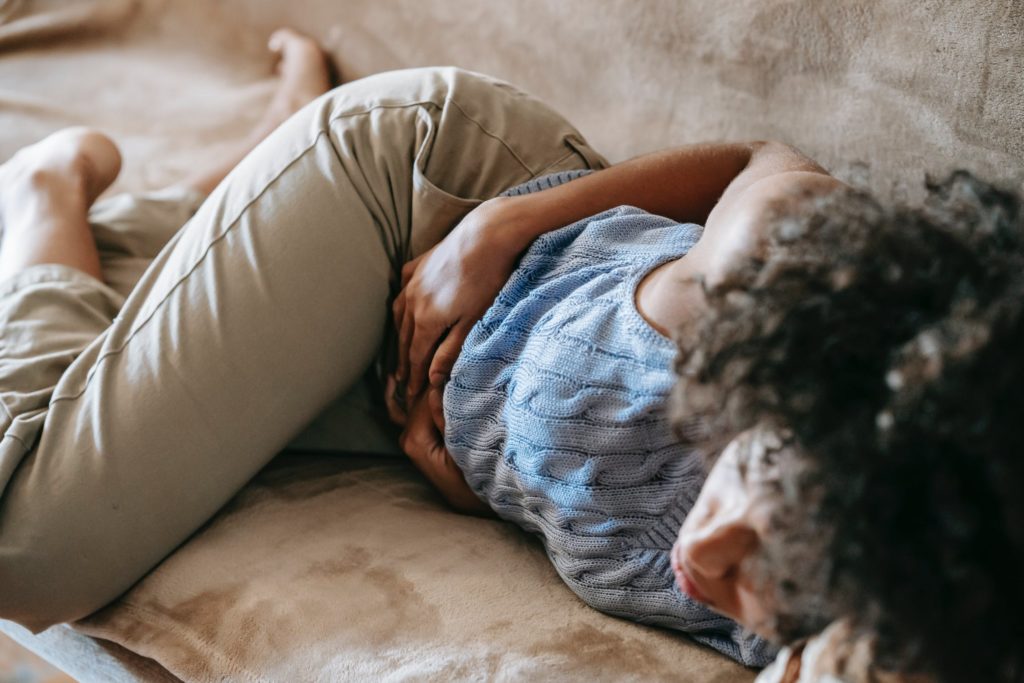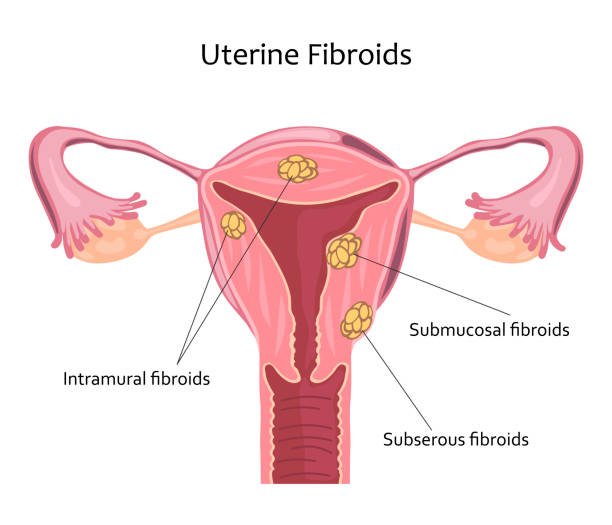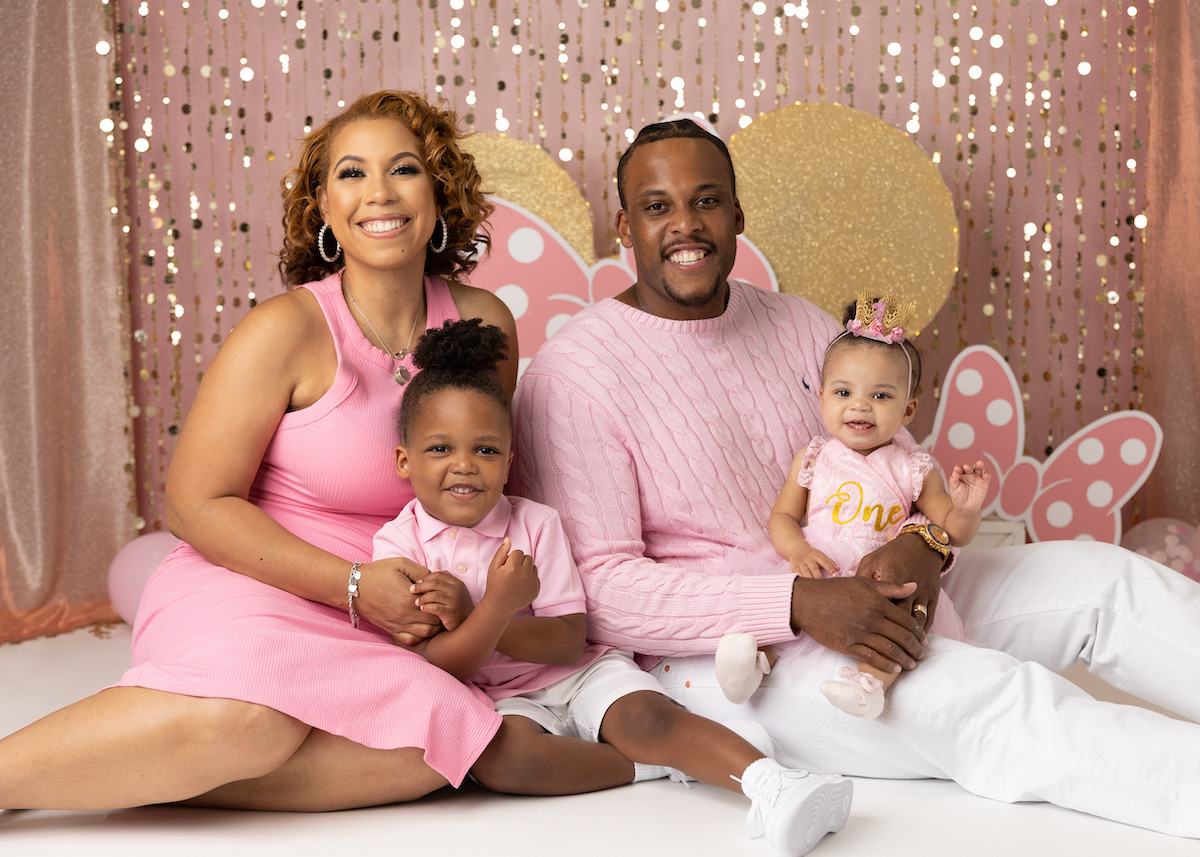
An estimated 80 to 90 percent of black women are diagnosed with uterine fibroids by the age of 50. Since fibroid awareness month has concluded we wanted to recap and highlight some key facts to make sure that you are in the know about this health condition that affects a multitude of African-American women.
In 2015, Dr. Elizabeth A. Stewart explained in her article, “Uterine Fibroids” that African American women are more likely to have fibroids at an earlier age and they are more likely to be larger and cause more severe symptoms. The study published in The New England Journal of Medicine also shared several factors that are thought to be high contributing determinants in the growth of fibroids in women of color. Dr. Stewart in an interview with the Mayo Clinic’s Radio Minute shared that “Women have far more symptoms than previously reported and this is especially true for African American women.” According to The Saint Louis School of Medicine African-American women are three times more likely to suffer from fibroids than white, Hispanic, or Asian women. So what are uterine fibroids and how do you treat them?
What are uterine fibroids?
Uterine fibroids are non-cancerous tumors that grow within the muscle tissue of the uterus.
Symptoms of fibroids may include:
- Heavy menstrual bleeding
- Prolonged periods
- Bleeding between periods
- Pressure in the abdomen
- Pelvic Pain
- Passing clots during periods
- Pain and discomfort during sex
- Abdominal bloating
- Anemia

What are some other kinds of fibroids?
- Subserosal fibroids: These are the most common fibroids. They can push outside of the uterus into the pelvis. Subserosal fibroids can grow large at times and sometimes have a stalk that attaches to the uterus (pedunculated fibroid).
- Intramural fibroids: These fibroids develop in the muscular wall of the uterus.
- Submucosal fibroids: These fibroids are uncommon. They can grow into the open space inside the uterus and may also include a stalk.

How are fibroids diagnosed?
- Physical examination by your healthcare provider
- MRI
- Ultrasound

What are some treatment options?
- Hormonal Therapy- Birth control pills, IUDs, GnRHa
- Uterine Fibroid Embolization– a minimally invasive image guided non -surgical procedure which cuts off the blood supply to the fibroid
- Myomectomy-is an operation to remove fibroids while preserving the uterus.
- Laparoscopic myomectomy-A laparoscopic myomectomy is a minimally invasive myomectomy. During this procedure, the fibroid is visualized using a thin, lighted scope with a camera on the end (a laparoscope). Small instruments are inserted through the incisions into your pelvis to remove the fibroid.
- Robotic myomectomy-A robotic myomectomy is similar to laparoscopic myomectomy, except that the surgeon sits at a console away from the patient to control robotic surgical instruments. The surgeon controls the robot’s movements steadily and precisely. This lets the surgeon get into tiny spaces more easily and have a better view of the operation compared to conventional laparoscopic surgery.
- Hysteroscopic myomectomy-In this procedure a long, thin scope with a light is passed through the vagina and cervix into the uterus. No incision is needed. The physician can look inside the uterus for fibroids and other problems, such as polyps. A camera also can be used with the scope.
Are there any alternative therapies for fibroids?
Yes, many Black women in consultation with their healthcare providers have sought out alternative treatment plans to help with their diagnosis and symptoms. However, sadly for many previous generations, hysterectomies were overwhelmingly the only course of treatment offered to black women, and, as some research shows black women still lead in this surgical procedure. James Marion Sims who was acclaimed as, “The Father of Modern Gynecology” infamously experimented on enslaved black women with no anesthesia. With astounding discrepancies and discrimination based on race in the healthcare system, many black women were forced to only receive this course of treatment.
However, now with the advancement of medical breakthroughs in women’s health, alternative therapy treatment options for fibroids are also available. Nutritional and lifestyle modifications, herbal supplements as well as procedures such as acupuncture are now being more widely promoted and offered to WOC. Please remember to thoroughly research and consult with your doctor for the best treatment plan that is distinctively customized for you as an individual. Our hope here at Munamommy is that you stay informed and you continue to BE WELL!

Resources
- Study Shows Increased Risk of Uterine Fibroids in African-American Women With a Common Form of Hair Loss. (2017, December 28). hopkinsmedicine.Org. Retrieved August 1, 2021, from https://www.hopkinsmedicine.org/news/media/releases/
- Fibroids | Johns Hopkins Medicine. (n.d.). Retrieved August 1, 2021, from https://www.hopkinsmedicine.org/health/conditions-and-diseases/uterine-fibroids
- Fibroids: What are Fibroids? Fibroids Symptoms, Treatment .. (n.d.). Retrieved August 1, 2021, from https://www.uclahealth.org/fibroids/what-are-fibroids
- Medical Exploitation of Black Women. [online] Available at: <https://eji.org/news/history-racial-injustice-medical-exploitation-of-black-women/> [Accessed 1 August 2021].
- Uterine Fibroids Treatment Option: Alternative Therapy. [online] Available at: <https://www.uclahealth.org/obgyn/alternative-therapy> [Accessed 1 August 2021].











